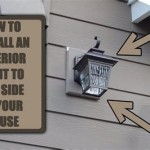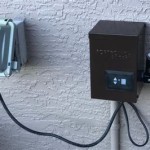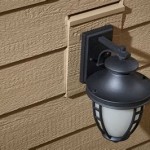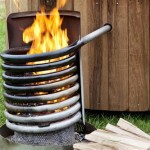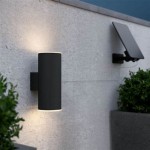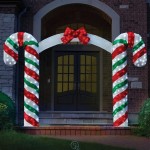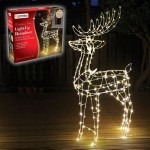Essential Aspects of Outdoor Motion Sensors for Lights
Outdoor motion sensors have become indispensable for enhancing security and convenience around our homes. They automatically activate lights when movement is detected, providing illumination in dark areas and deterring potential intruders. However, choosing the right motion sensor for your needs requires careful consideration of various essential aspects.
### Type of Sensor TechnologyThere are three main types of outdoor motion sensors based on their detection mechanism:
- Passive Infrared (PIR) Sensors: Detect changes in infrared radiation emitted by moving objects, including humans and animals.
- Microwave Sensors: Emit electromagnetic waves and detect changes in the reflected waves caused by movement.
- Dual Technology Sensors: Combine PIR and microwave technology for increased accuracy and reduced false alarms.
The detection range and angle determine the area the sensor can cover. Consider the size of the area you want to illuminate and the mounting height of the sensor. Most outdoor motion sensors have a detection range of up to 70 feet and a detection angle of up to 180 degrees.
### SensitivitySensitivity refers to the sensor's ability to detect movement. Adjustable sensitivity settings allow you to customize the sensor's response to different levels of movement, minimizing false alarms caused by wind or small animals.
### Time DelayThe time delay determines how long the lights will remain on after motion is detected. This helps prevent lights from turning off too quickly or staying on for an unnecessarily long period.
### Light ControlSome motion sensors offer direct light control, allowing you to connect them directly to lights. Others require an external relay or switch for light control. Determine the type of light control you need before choosing a sensor.
### Weather ResistanceOutdoor motion sensors are typically designed to withstand various weather conditions. Consider the climate in your area and look for sensors with appropriate IP (Ingress Protection) ratings for dust and water resistance.
### Installation and MaintenanceProper installation and maintenance ensure optimal performance and longevity. Follow the manufacturer's instructions and use appropriate mounting hardware. Regular cleaning and battery replacement (for wireless sensors) help maintain the sensor's sensitivity and reliability.
### Additional FeaturesSome outdoor motion sensors offer additional features such as:
- Dusk-to-dawn Operation: Automatically activate lights at dusk and turn them off at dawn.
- Adjustable Light Level Threshold: Customize the sensor to activate lights only when the ambient light level drops below a certain threshold.
- Remote Control Integration: Allow remote access and control via smartphones or smart home assistants.
By considering these essential aspects, you can choose the right outdoor motion sensor for lights that meets your specific needs and enhances security and convenience around your home. Remember to consider the type of sensor technology, detection range and angle, sensitivity, time delay, light control, weather resistance, installation, maintenance, and additional features. With the right motion sensor, you can enjoy well-lit outdoor areas, deter intruders, and create a more welcoming environment for yourself and your family.

Best Outdoor Motion Sensor Lights 2024 Security

Discover The Benefits Of Outdoor Motion Sensor Lights Staysafe Org

Auraglow Pir Motion Sensor Up Down Outdoor Wall Security Light Warminster Stainless Steel Led Lighting

Philips Hue Outdoor Motion Sensor Review Macrumors

Best Motion Detector Lights Of 2024 Safewise

Defiant 180 Degree Motion Sensor White Outdoor Security Light Df 5416 Wh A The Home Depot

Can Motion Sensors Be Triggered By Light Fss Technologies

Auraglow Black Arch Integrated Led Motion Sensor Pir Outdoor Wall Light Adobe Lighting

Motion Detector Lights All You Need To Know About Them Kato Electrical Independent Contractor Vancouver Bc

Discover The Benefits Of Outdoor Motion Sensor Lights Staysafe Org
Related Posts
